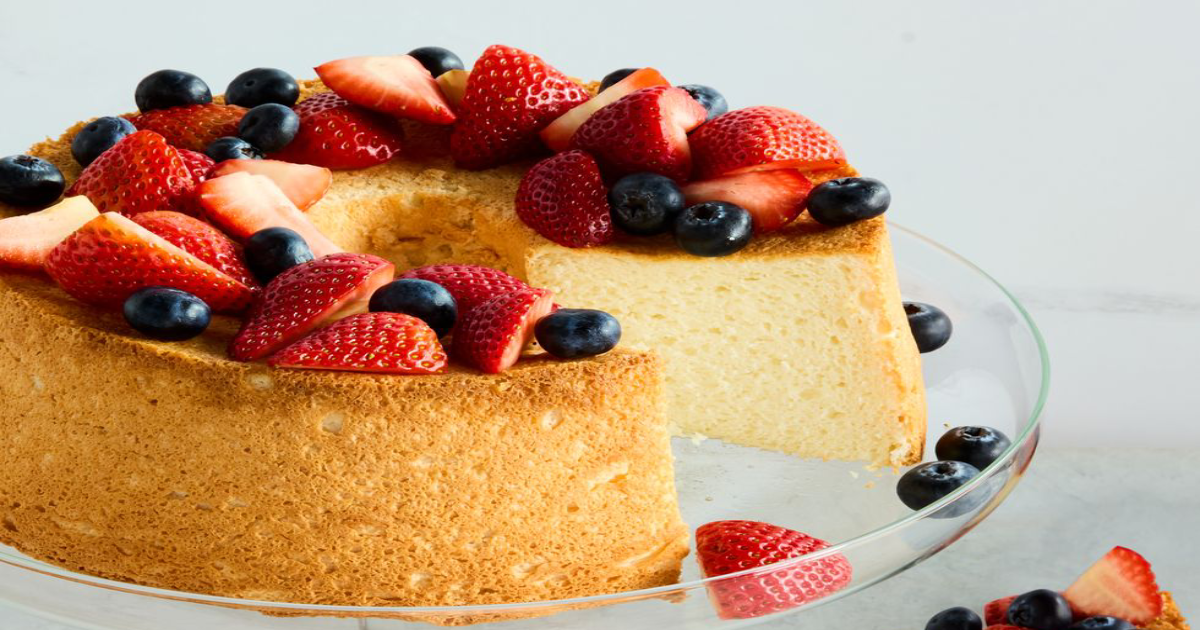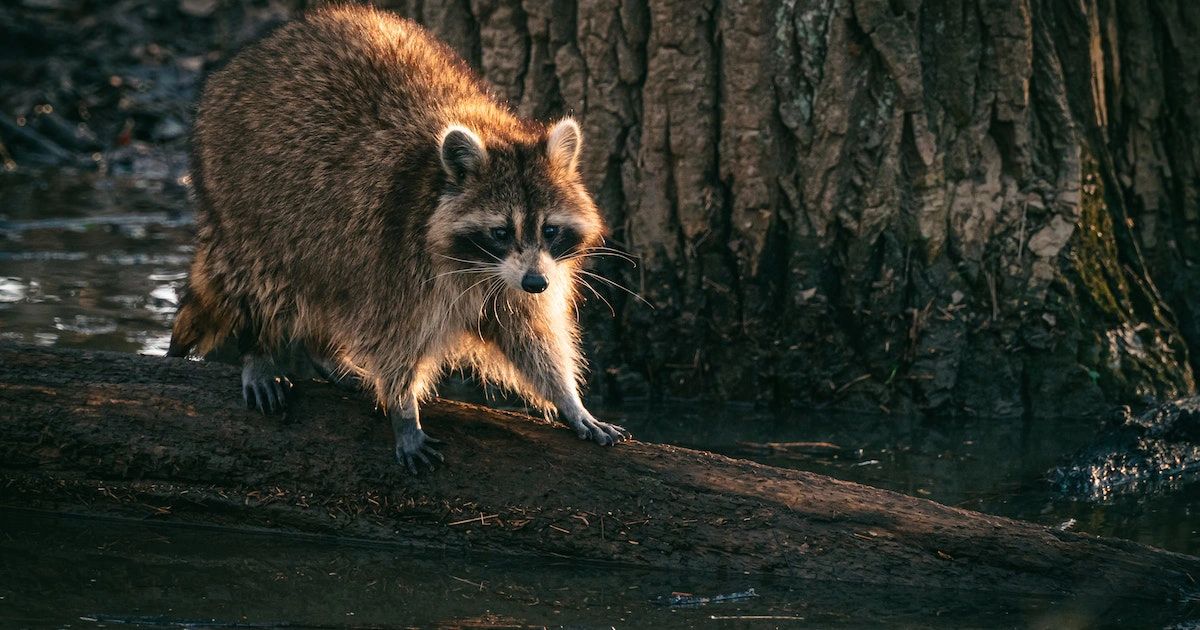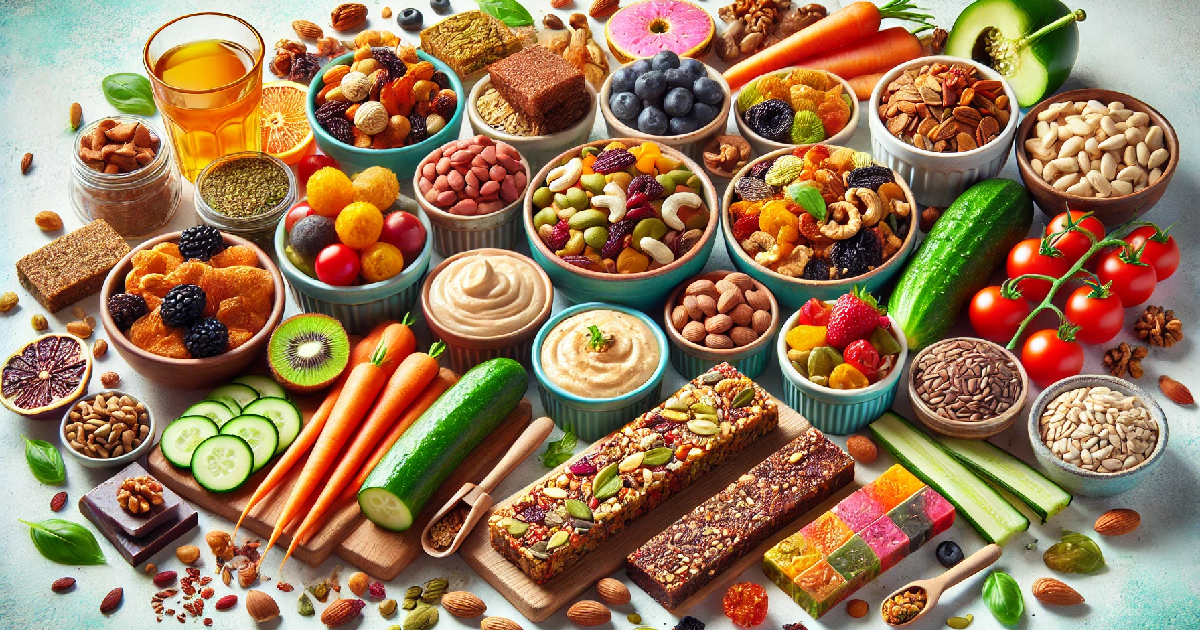In this blog post, we will explore the question that often arises when encountering a baby raccoon in need: How long can baby raccoons live without food? Baby raccoons, or raccoon kits, require proper nutrition for their growth and development. However, circumstances may arise where they are separated from their mother or unable to access food. Understanding their resilience and the limits of their survival without food is essential for making informed decisions and taking appropriate action. Join us as we delve into the factors that affect a baby raccoon’s ability to survive without food and discuss the importance of seeking professional help in such situations.
Baby Raccoons In The Wild
Baby raccoons in the wild are born blind, deaf and completely dependent on their mother for survival. These adorable creatures are usually born in the spring and early summer and stay with their mothers for about a year. However, sometimes baby raccoons get separated from their mothers or orphaned for various reasons.
Without proper care, baby raccoons can’t survive for more than 24 hours without food. They need milk to help them grow and develop properly. If a baby raccoon finds without its mother, it takes to a wildlife rehabilitation centre to receive the necessary care.
Refraining from attempting to feed or care for a baby raccoon yourself is important as they require specialized knowledge and equipment that only trained professionals can access. Wildlife rehabilitators will provide them with formula or milk substitutes that mimic their mother’s milk until they’re ready to start eating solid food on their own.
Can a 3 Month Old Raccoon Survive On Its Own?
No, a 3-month-old raccoon is still highly dependent on its mother for survival. At 3 months old or 12 weeks old, a raccoon is still considered a young kit. It lacks the necessary skills and knowledge to find food, protect itself, and navigate its environment. Raccoons typically stay with their mothers until they are around 7-8 months old, gradually learning essential survival skills before venturing out on their own.
How Long Does a Racoon Live?
Baby raccoons, also known as kits or cubs, are born blind and helpless. They rely entirely on their mother’s milk for the first few weeks of their lives. However, if a baby raccoon is orphaned or separated from its mother, it can survive for up to 24 hours without food. After that, they require a formula made explicitly for raccoons.
In terms of lifespan, wild raccoons typically live between 2-3 years due to predators and natural causes like disease. However, captive raccoons can live up to 20 years with proper care and nutrition. It’s important to note that owning a pet raccoon is illegal in some states and not recommended, as they require specialized care and can be pretty destructive.
Baby raccoons may be able to survive temporarily without food if necessary measures take; they must have access to proper nutrition early on in life to thrive and grow into healthy adult raccoons with the potential of living longer lives in captivity than in the wild.
How Long Can a Raccoon Live Without Water?

Like all mammals, raccoons need water to survive. The ability to be inventive and opportunistic in their hunt for food has allowed them to adapt, but they still require access to water to stay hydrated. Generally, a raccoon can survive for about three to five days without water in mild conditions. However, prolonged dehydration can lead to severe health issues and ultimately threaten their survival. Raccoons instinctively seek out water sources such as rivers, streams, ponds, or even artificial structures like birdbaths or garden ponds. Their ability to adapt and find water plays a vital role in their overall well-being and ability to thrive in their natural habitat.
How To Tell How Old A Racoon Is?
If you have ever encountered a raccoon in the wild or within your home, it is important to know how old they are for various reasons. One of those reasons could be how long a baby raccoon can survive without food.
Determine the age of a raccoon, and there are a few things to look for. Here are some methods to help you gauge the age of a raccoon:
- Size and Weight: Young raccoons grow rapidly, so their size can give you a clue. Newborns are typically tiny, around 4-6 inches long. At one month, they may measure 8-10 inches; at three months, they can reach around 12-15 inches. Weight can also indicate, with newborns weighing around 2-4 ounces and three-month-old raccoons weighing around 2-4 pounds.
- Eyes and Ears: The development of a raccoon’s eyes and ears can offer insights into its age. Newborns have closed eyes and ears; by 2-3 weeks, their eyes begin to open, revealing a blue-grey colour. By 7-10 weeks, their eyes become fully open and dark. The ears also change from folded and flat to erect and mobile.
- Mobility and Behavior: Young raccoons gradually gain mobility and coordination as they grow. At around one month, they start crawling, and by two months, they can walk and climb more confidently. By three months, they are usually quite active, exploring their surroundings and displaying more agility.
- Teeth: Examining a raccoon’s teeth can offer insights into its age. Baby raccoons typically start developing their deciduous (baby) teeth around three weeks, which are eventually replaced by permanent teeth. By three months, they should have a complete set of deciduous teeth, while permanent teeth begin to emerge around four to five months.
What Does a Baby Raccoon Look Like?
Baby raccoons, also known as kits or cubs, are born with little fur and closed eyesThey have a distinct black mask around their eyes and a fluffy tail. Their fur becomes thicker and more distinctive as they grow, and their eyes gradually open after about three weeks.
At birth, baby raccoons are entirely reliant on their mother for nourishment. They typically nurse every three to four hours for the first few weeks of life before transitioning to solid food at around eight weeks old. Without proper care from their mother or a caretaker, baby raccoons can only survive for up to 24-48 hours without food.
If you come across an orphaned or injured baby raccoon in the wild, you must contact a licensed wildlife rehabilitator immediately rather than attempting to care for it yourself. Proper care is essential in ensuring the survival of these vulnerable creatures.
How Long Do Raccoons Live In Captivity?
Raccoons are known for their scavenging abilities and adaptability to living in natural and urban environments. Raccoons can survive at least 20 years in captivity. However, this is only sometimes the case, as the lifespan of a captive raccoon largely depends on its environment and care.
Several factors, such as diet, housing arrangements, exercise opportunities, medical care and genetics, influence the life expectancy of raccoons in captivity. A nutritious, nutrient-rich diet is essential for the welfare of captive raccoons. Additionally, they require access to a spacious habitat miming their natural environment where they can climb trees and engage in other physical activities.
Baby raccoons have an even shorter lifespan than adults when deprived of food. They require milk from their mother every few hours during the first few weeks of life. If separated from their mother or abandoned prematurely, baby raccoons may only survive for a few days without proper nutrition before succumbing to malnourishment or dehydration. Therefore abandoned baby raccoons must take to wildlife rehabilitators who train to provide them with suitable nourishment and care until they can be released back into the wild.
How Big Are Baby Raccoons?
Baby raccoons are born blind and weigh around 2-3 ounces at birth. They grow quickly; by the end of their first month, they can weigh up to a pound. At two months old, baby raccoons can weigh between two to four pounds and develop a characteristic black mask around their eyes. They can weigh up to six pounds by three months old and are almost fully grown.
While baby raccoons grow quickly, they still require constant care from their mothers for the first few months of life. However, if a baby raccoon is separated from its mother or abandoned for some reason, it may be able to survive on its own for up to 24 hours without food or water. After that time frame has passed, the likelihood of survival decreases significantly.
If you come across a seemingly abandoned baby raccoon in the wild or your backyard, it’s important not to touch it or attempt to care for it yourself. Instead, contact a local wildlife rehabilitator who has experience caring for orphaned animals like baby raccoons and can provide them with proper nutrition and care until they’re ready to be released back into the wild.
How Big Is an 8 Month Old Raccoon?
At around 8 months old, a raccoon is considerably larger than when it was a newborn. While the exact size can vary, on average, an 8-month-old raccoon measures approximately 18-25 inches in length from head to tail. They can weigh anywhere between 8 to 20 pounds, depending on factors such as diet and genetics. At this stage, young raccoons are still growing but have gained substantial size and are closer to their adult proportions.
How Long Do Baby Raccoons Stay With Their Mother?
Baby raccoons, called kits or cubs, are born in the spring and early summer. They depend entirely on their mother for survival during the first few months of their lives. The mother raccoon will typically give birth to a litter of 2-5 kits, remaining with her for around nine to ten months.
During this time, the mother raccoon teaches her young how to hunt, gather food, climb trees, and protect themselves from predators. As they grow older and more independent, she gradually allows them to explore beyond the den site and learn valuable survival skills. However, even after they have become fully weaned at around six months old, baby raccoons will continue to stay close to their mother until it’s time for them to leave in late fall or early winter.
How Long Can Baby Raccoons Live Without Their Mother?
Baby raccoons are adorable creatures that can captivate anyone’s attention. However, these little critters rely heavily on their mothers for survival. Baby raccoons face uncertain times without their mother, and survival becomes challenging.
Raccoon mothers usually stay with their young ones until they are eight to ten weeks old. After this period, the babies start exploring and venturing out on their own. But what happens if the mother is not there to guide them? Baby raccoons can survive without their mother if they get help from humans or other animals in the wild.
It is essential to remember that baby raccoons need special care as they cannot fend for themselves like adult raccoons. They need a proper diet and shelter to survive long enough for someone to rescue them or until they become independent enough to find food and water sources independently.
What Do You Feed a Baby Raccoon?
Feeding a baby raccoon requires special care, as their dietary needs differ from adult raccoons. If you find a baby raccoon in need of assistance, it is crucial to consult a wildlife rehabilitator or veterinarian experienced in raccoon care. They can provide specific guidance based on the raccoon’s age, health, and circumstances. In general, a proper diet for a baby raccoon may include the following:
- Formula: Baby raccoons that are not yet weaned rely on a unique milk replacement formula specifically designed for them. This formula obtains from wildlife rehabilitators or veterinarians. It is essential to adhere to the recommended feeding schedule and provided preparation instructions.
- Gradual Introduction of Solid Foods: As they grow, baby raccoons will gradually transition to solid foods. This process typically begins around 6-8 weeks of age. Soft, easily digestible foods such as mashed fruits, vegetables, and moistened high-quality kitten or puppy food can be introduced. Always ensure the food is appropriate for their age and consult an expert for specific recommendations.
- Natural Diet Mimicry: As the baby raccoon progresses, their diet should align with what it would eat in the wild. This can include a mix of fruits, vegetables, cooked eggs, insects, and small amounts of cooked meat. It is important to avoid feeding them processed human foods, dairy products, and foods that are toxic to raccoons.
How To Feed a Baby Raccoon?
Feeding A Baby Raccoon Requires Special Care And Attention To Meet Their Nutritional Needs. Here Are General Guidelines On How To Feed A Baby Raccoon:
- Consult an Expert: Contact a wildlife rehabilitator or veterinarian experienced in raccoon care for specific instructions and guidance tailored to the age and condition of the baby raccoon.
- Milk Replacement Formula: A specialized formula for raccoons is necessary for young raccoons that still need to be weaned. Follow the instructions provided by the expert for the specific brand and preparation method.
- Feeding Schedule: Baby raccoons need frequent feeding to replicate their natural feeding pattern. Initially, they may require feeding every 3-4 hours, including at night. As they grow, the frequency of feedings can gradually decrease.
- Feeding Technique: Use a bottle with a small nipple or a syringe without a needle to administer the formula. The nipple should be appropriate for small animals like raccoons. Hold the baby raccoon in a secure but comfortable position, similar to how they would nurse from their mother. Allow them to suckle at their own pace.
- Transition to Solid Foods: As the baby raccoon grows, gradually introduce soft, easily digestible solid foods. Start with mashed fruits, vegetables, or moistened high-quality kitten or puppy food. Consult the expert for specific recommendations on appropriate foods and the timing of the transition.
- Hydration: Provide access to clean, fresh water for the baby raccoon once they are ready for solid foods. Use a shallow dish or water bottle designed for small animals.
1 Week Old Raccoon:
A one-week-old raccoon is incredibly tiny and underdeveloped, measuring only a few inches in length. Its eyes are closed, and it relies completely on its mother for nourishment and care. At this early stage, it is completely dependent on its mother’s milk for survival.
3 Week Old Raccoon:
- Length: A 3-week-old raccoon measures around 4-6 inches in length from head to tail.
- Weight: They typically weigh between 4-8 ounces.
- Appearance: Their fur is soft and fine, with a grayish colour. Their eyes are still closed at this stage.
- Dependency: They rely entirely on their mother for warmth, nourishment, and care. They still need to be mobile and remain in the den.
6 Week Old Raccoon:
A raccoon is growing rapidly at six weeks old and becoming more active and curious. It may still rely on its mother for some feedings but is starting to explore solid foods, such as mashed fruits and vegetables. Their eyes are open, and they are developing their teeth and motor skills.
7 Week Old Raccoon:
- Length: On average, a 7-week-old raccoon measures 8 to 10 inches from crown to tail.
- Weight: They usually weigh around 1-2 pounds at this age.
- Appearance: Their fur becomes denser and resembles an adult raccoon. Their eyes are fully open, with dark colouring, and their ears are more prominent.
- Mobility: They are becoming more active and agile, able to crawl, walk, and climb with increased coordination.
How Big Is a 4 Month Old Raccoon
At around 4 months old, a raccoon will have experienced notable growth since its early weeks. On average, a 4-month-old raccoon measures approximately 16-18 inches in length from head to tail. They can range in weight from approximately 4 to 8 pounds. Individual raccoons may vary in size based on genetics, diet, and health. At this stage, young raccoons are becoming more independent and developing their physical abilities, including climbing, exploring, and foraging.
When Can Baby Raccoons Eat Solid Food?

Baby raccoons typically begin to eat solid food around 6 to 8 weeks of age. They are starting to develop their teeth and jaw strength at this stage, allowing them to chew and consume solid foods more easily. Gradually introducing solid foods is essential to ensure their digestive system can adapt.
Soft, easily digestible foods should be offered initially, such as mashed fruits (like bananas or apples), vegetables, and moistened high-quality kitten or puppy food. As the baby raccoon becomes more comfortable with solid foods, a wider variety can be introduced, including cooked eggs, insects, and small amounts of cooked meat.
It’s important to note that even as baby raccoons transition to solid food, they still require a milk replacement formula or mother’s milk as a significant part of their diet. Solid foods will gradually become a more significant portion of their diet as they grow and develop. It’s always advisable to consult with a wildlife rehabilitator or veterinarian experienced in raccoon care for specific recommendations on introducing and transitioning to solid foods for baby raccoons.
How To Raise A Baby Raccoon?
Raising a baby raccoon requires expertise and proper care. However, if you find yourself in a situation where you must care for one, here are some essential guidelines:
- Contact a wildlife rehabilitator or animal control for guidance and assistance.
- Keep the baby raccoon warm and secure in a quiet and safe area.
- Avoid handling the raccoon unnecessarily to prevent imprinting.
- Provide a small, secure box with soft bedding for temporary shelter.
- Use a heating pad set on low or a warm water bottle wrapped in a towel for warmth.
- Only attempt to feed the raccoon with proper instruction from a professional.
- Ensure the raccoon has enough space to move away from the heat source.
- Observe the raccoon for any signs of injury or illness and report them to the rehabilitator.
- Follow the instructions provided by the wildlife rehabilitator closely.
- Remember that raccoons are wild animals, and their long-term care is best left to experts in wildlife rehabilitation.
How Long Do Raccoons Nurse Their Young?
Raccoons typically nurse their young for about 2 to 3 months. The exact duration may vary depending on factors such as food availability and the mother raccoon’s health. During this period, the mother provides her young with essential nutrients and helps them develop the necessary skills for independence. After weaning, the young raccoons begin to explore their surroundings and gradually become more self-sufficient.
Do Raccoons Stay With Their Families?
Raccoons do not typically stay with their families for extended periods. They exhibit some familial behaviours during the early stages of development, but ultimately, they become independent and establish their own territories.
How Often Do Baby Raccoons Eat?
Baby raccoons have relatively high nutritional needs and require frequent feedings. They typically must be fed every 3 to 4 hours, including at night. As they grow older, the frequency of feedings can gradually decrease, and they can begin to consume solid foods alongside milk or formula. However, it’s important to note that the specific feeding schedule may vary based on the baby raccoon’s age, health, and individual needs. Consulting with a wildlife rehabilitator or veterinarian experienced in raccoon care is recommended for tailored guidance.
How Cold Can Raccoons Survive?
Raccoons are known as resilient creatures that can adapt to various climates. They find throughout North America, and their ability to survive in different weather conditions has made them a common sight in urban areas. However, it’s hard not to wonder how cold raccoons can survive.
To answer this question, we need to understand the physiology of these animals. Raccoons have thick fur coats that help keep them warm during colder months. Additionally, they have a layer of body fat that acts as an insulator against the cold. This combination allows them to maintain their body temperature even in freezing temperatures.
While raccoons are well-suited for colder weather conditions, extreme temperatures can still threaten their survival.
How Long Can Raccoons Live With Rabies?
Raccoons infected with rabies typically survive for one to three weeks before succumbing to the disease. However, the exact survival time can vary depending on the individual raccoon’s health and the stage of the disease. It is important to exercise caution and avoid contact with raccoons or any other wildlife showing signs of rabies. If you suspect a raccoon may have rabies, contact local animal control or a wildlife professional for assistance. Vaccinating pets against rabies is important for their protection and to prevent the spread of the disease.
Conclusion
In conclusion, baby raccoons are highly dependent on their mother’s milk or a suitable milk replacement formula for nourishment and survival. They have limited energy reserves and require frequent feedings to meet their nutritional needs. While the exact timeframe can vary depending on the age and health of the baby raccoon, it is generally recommended not to exceed more than 24 to 48 hours without food, as prolonged periods without proper nutrition can have severe consequences on their health and development. It is crucial to provide adequate and timely nourishment or seek professional help to ensure baby raccoons’ well-being and proper growth.

























